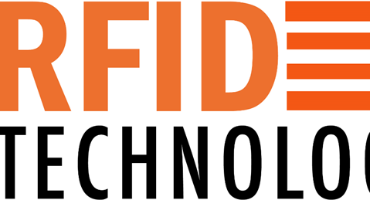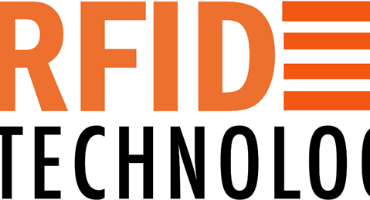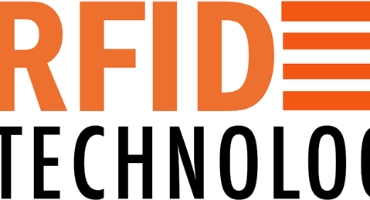RFID Readers:
The ideal RFID UHF Readers for warehouse logistics management and stock control should have the following characteristics:
High Reading Range: The RFID reader should have a long reading range to cover a large area and read tags from a distance.
Multiple Tag Reading: The reader should be able to read multiple tags simultaneously, which can improve the efficiency of stock control.
Strong Anti-Interference: The reader should be resistant to interference from other sources in the warehouse, such as metal or other electronic equipment.
Durability: The reader should be durable and able to withstand harsh warehouse environments.
Multiple Communication Interfaces: The reader should have multiple communication interfaces to support various communication protocols, making it easy to integrate with other systems.
High Processing Speed: The reader should have a high processing speed to quickly read and write data from tags.
Security Features: The reader should have security features to prevent unauthorized access and ensure the safety of data.
Easy Installation and Maintenance: The reader should be easy to install and maintain, reducing downtime and costs associated with maintenance.
By selecting an RFID UHF reader with these characteristics, warehouse logistics management can achieve efficient and accurate stock control, reduce operational costs, and increase productivity. It is also important to choose high-quality UHF RFID tags and antennas that are compatible with the selected reader to achieve optimal system performance.
RFID UHF Antennas:
What characteristics should a good RFID UHF antenna have in warehouse management?
THe ideal RFID UHF antenna for warehouse management should have the following characteristics:
High Gain: The antenna should have high gain, which means it can receive and transmit signals over a longer distance.
Directionality: The antenna should be directional, which means it can focus its signals in a specific direction, improving the accuracy of the RFID system.
Beamwidth: The beamwidth of the antenna should be narrow, which means that it can focus its signal on a small area, increasing the accuracy and reducing interference.
Polarization: The antenna should have the right polarization to match the polarization of the RFID tag or reader.
Durability: The antenna should be durable and able to withstand harsh warehouse environments.
Size: The antenna should be small enough to be easily mounted in the warehouse but large enough to provide good performance.
Cost-Effective: The antenna should have a high cost-performance ratio, which means that it provides excellent performance at a reasonable cost. Resistance to Interference: The antenna should be resistant to interference from other sources in the warehouse, such as metal or other electronic equipment.
By selecting an RFID UHF antenna with these characteristics, the warehouse management system can achieve longer read/write distances, stronger anti-interference ability, and better overall performance. It is also important to choose high-quality UHF RFID labels and readers that are compatible with the selected antenna to achieve optimal system performance.
UHF RFID Label Tags:
An ideal RFID UHF label tag for warehouse logistics management and stock control should have the following characteristics:
High Read Range: The RFID label tag should have a long read range to be read from a distance, which can improve the efficiency of stock control.
Durability: The RFID label tag should be durable and able to withstand harsh warehouse environments such as exposure to heat, moisture, and chemicals.
High Data Capacity: The tag should have high data capacity to store large amounts of data, such as product information, location, and status.
Anti-Collision: The RFID label tag should be designed to prevent collision with other tags when multiple tags are present in the same area.
Multiple Mounting Options: The RFID label tag should have multiple mounting options, including adhesive backing, screws, or ties, to allow for easy and flexible installation.
Cost-effective: TheRFID label tag should have a high cost-performance ratio, which means that it provides excellent performance at a reasonable cost.
Compatibility: The RFID label tag should be compatible with the selected RFID reader and antenna to achieve optimal system performance.
Security Features: The RFID label tag should have security features to prevent unauthorized access and ensure the safety of data.
By selecting RFID UHF label tags with these characteristics, warehouse logistics management can achieve efficient and accurate stock control, reduce operational costs, and increase productivity. It is also important to choose high-quality UHF RFID readers and antennas that are compatible with the selected tag to achieve optimal system performance.





